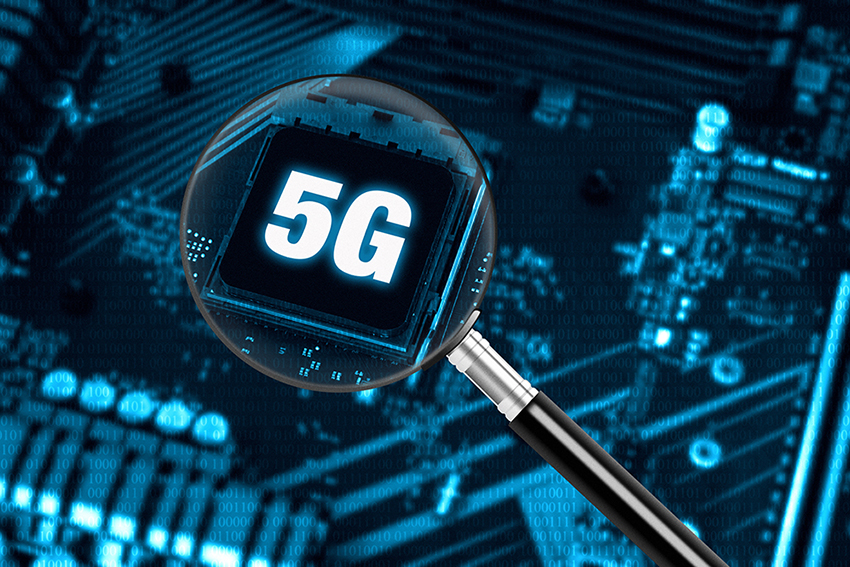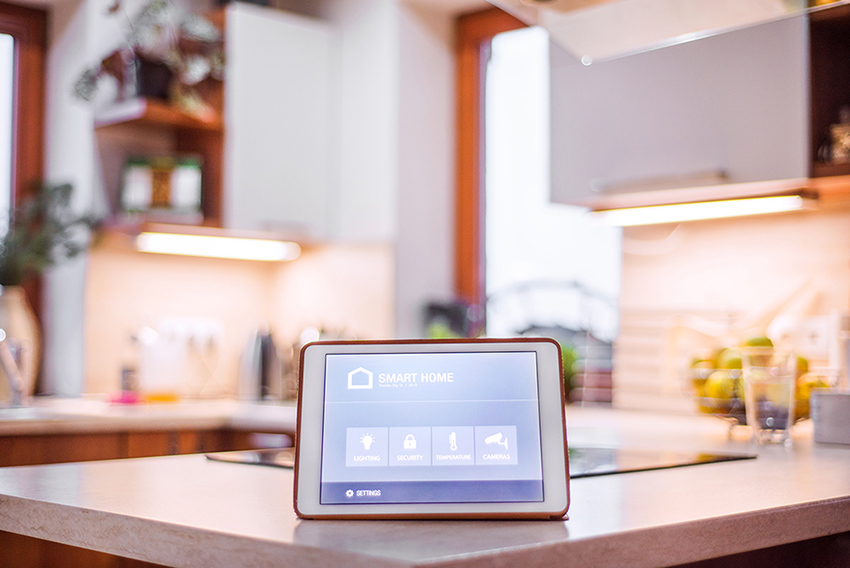As we all know, the fifth-generation mobile network, or 5G, is the next step in wireless technology. It's the fifth generation of wireless networks, following 1G, 2G, 3G, and 4G. With the advent of 5G, a new sort of network is now made possible, one that aims to link together not only people and their smartphones, but also machines, objects, and other electronic gadgets.
5G network architecture focuses on three service areas:
1. Massive Machine-Type Communications (mMTC):
MTC allows devices to communicate without human intervention. New applications for MTCs that service a large number of 'things' are being developed in the 5G era, ushering in the giant MTC (mMTC).
2. Enhanced Mobile Broadband (eMBB):
This enables high bandwidth applications like augmented/virtual reality (AR and VR) and streaming, resulting in faster download rates and better user experiences.
3. Ultra-reliable Low-Latency Communication (URLLC):
This is for mission-critical apps that need a stable, low-latency connection. URLLC supports use cases that necessitate high network reliability and low data transfer latency (less than 1 millisecond).

With the advent of 5G, a new sort of network is now made possible, one that aims to link together not only people and their smartphones, but also machines, objects, and other electronic gadgets.
The term "Internet of Things" (IoT) on the other hand, is used to describe the global network of billions of internet-enabled gadgets that collect and share data in real time. A wide variety of common household items and high-tech industrial instruments such as thermostats, cars, lights and refrigerators fall into this category. A Unique Identifier (UID) is also assigned to each component of the Internet of Things, and this network allows for data transmission to occur autonomously.
The potential benefits that IoT can bring to a business are many and varied. One of the things that they can enhance is productivity. Businesses can obtain insights into their operations and find opportunities for improvement by collecting data from devices and sensors. An organisation may use IoT data to optimise production or reduce energy use.

An organisation may use IoT data to optimise production or reduce energy use.
Aside from that, IoT can also offer better protection. Safety may be increased with the help of IoT devices by keeping an eye on things and alerting people to problems before they become catastrophic. Sensors detect gas leaks, fires, and flooding. IoT devices can save lives by offering early warnings. Utilising this technology can also result in significant cost savings for businesses as they can easily save money by minimising waste and energy use. IoT data can be leveraged to create new revenue streams or develop new goods and services.
How 5G affects the performance of IoT
5G surpasses the bandwidth speeds of its predecessor, 4G. This innovation makes it easier for 5G IoT to network more devices and give better remote control in real-time applications. The following are the primary 5G novel use cases that benefit IoT:
1. Massive Machine Type Communications (mMTC)
mMTC guarantees that 5G IoT devices consume less energy and bandwidth. There would be no use in having such devices if they drank huge amounts of power and data because the price would be too high and the battery life too short to make the venture worthwhile. This has significant implications for the Internet of Things gadgets in the contexts of Smart Cities, Smart Homes, Smart Farms, and Smart Factories.
2. Enhanced Mobile Broadband (eMBB)
Compared to the existing state of mobile broadband services, eMBB often offers higher data transfer rates, making for a more satisfying user experience. As needed, it will allow high speed and quality of service (QoS) for various IoT applications.
3. Ultra Reliable Low Latency (URLL)
Latency is the time it takes for a signal to travel from its source to its receiver and vice versa. Remote, real-time device control is now possible because of 5G latency, which is quicker than the human visual processing speed. URLL benefits include robotic operations.
Impacts of 5G & IoT on several industries & society:
When it comes to merging 5G and IoT, the impact on some industries is undeniable. Let’s take Automation for example, IoT devices may be remotely controlled and monitored with 5G without losing performance. Thanks to seamless connectivity and improved network capacity, businesses can automate most human-dependent processes. This will streamline operations, enhance productivity, and cut costs.
Smart cities and smart homes will also see enhanced performance with the use of 5G and IoT sensors. Smart cities are able to efficiently gather real-time data, identify demand patterns, create and implement solutions more quickly and at a lower cost. Similarly, IoT sensors in home appliances, thermostats, lighting, and other equipment allow residents to operate them via 5G smartphones or tablets. 5G's ultra-low latency makes it possible for Smart City and Smart Home applications to function in a manner very close to real time.

IoT sensors in home appliances, thermostats, lighting, and other equipment allow residents to operate them via 5G smart-phones or tablets.
Another notable advantage can be seen in Network Slicing where 5G lets you set up virtual networks (called "network slicing") and subnets so that you can get better connectivity that fits your needs. Due to the network's programmability, subnetworks can be created to give some parts of the network unique characteristics. These subnetworks can then be used to prioritise certain connections, such as those used in times of emergency, over others of a less urgent matter.
Embark on 5G with the right expectations and conversations
We're in 5G's first transition phase. So, where should companies begin?
With 5G and IoT, a new era of connectivity begins. It provides faster speeds, lower latency, better dependability, a consistent user experience, and exceptional efficiency. These features will help make technology-related applications better, more practical, and more affordable.
To acquire these benefits, businesses should work with partners who have the expertise and stamina to invest over the next five to ten years, as well as the respect and credibility within the sector that these investments require.
Since 5G is now available and being tested by numerous businesses, the question of when it will become important is irrelevant. The real question is: Have you started debating a 5G strategy that considers what your customers want both now and in the future?
About TM R&D
Established in 2000, TM R&D is a world-class R&D company of TM Group; with a special focus on Intelligent Connectivity, Advanced Analytics, Artificial Intelligence, IoT and Digital Platforms. The organisation helps businesses to solve operational issues and co-create solutions for the global market. To date, TM R&D has commercialised 18 solutions and deployed seven platforms for TM saving the Group millions in operational efficiency and support. Additionally, TM R&D has generated more than 2,800 Intellectual Property Rights (IPRs) with 100 percent adoption of all its innovations since 2016.
For more information about TM R&D and its innovations, visit www.tmrnd.com.my or email your inquiry to business@tmrnd.com.my or follow them on LinkedIn (TM Research & Development) for more news and updates.

